Patrol Craft 1138
USS Lapeer

Patrol Craft 1138
USS Lapeer

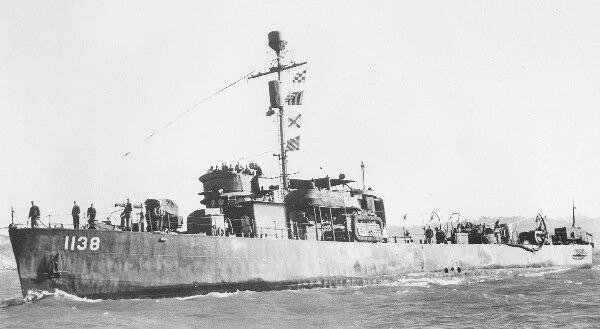
Later converted to the tug Mister B
Below: Chris Borgen’s video confirming numbers 1138
PC 1138
The Patrol Craft-1138 (Hull #223) was laid down by Dafoe Shipbuilding Company in Bay City, Michigan on January 9, 1943. She was then launched 3 months later on April 19th, 1943. The PC-1138 was a type PC-461 class submarine chaser built mainly for the US Navy from 1941-1944. The design of the PC-461 class of vessels was based on two experimental sub chasers, the PC-451 and 452.

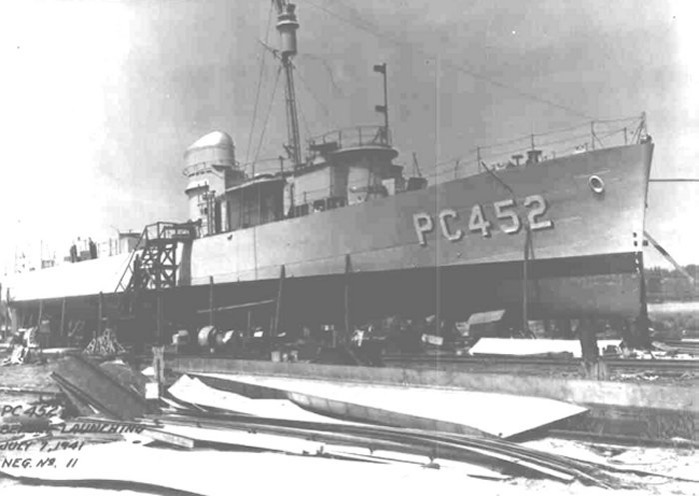
With the length at 173’ 8”, beam at 23 feet, and draft at 8 feet, the steel hulled PC-461 class boats were constructed in four series; PC-461 to 496, PC-542 to 627, PC-776 to 826, and the fourth group, which our patrol craft falls in, PC-1077 to 1265. The 1138 displaced 300 tons, and could reach speeds up to 20 knots. She was driven by two 2,880 bhp General Motors 16-258S diesel engines, Farrel-Birmingham single reduction gear, with two shafts. Its armament consisted of (1) 3 inch 76mm gun, (1) 40mm gun, (5) 20mm guns, (2) depth charge tracks, (2) depth charge projectors, and (2) rocket launchers.
The PC-1138 was commissioned on September 17, 1943 in New Orleans, Louisiana, with Lieutenant Gilbert N. Cooper in command. After shakedown off Florida, she departed New Orleans on November 14, 1943, and was an escort to tank landing ships (LST’s) destination Coco Solo. She arrived safely with her convoy on November the 22nd.
On December 8th, 1943, the Patrol Craft provided safe passage escorting the Luzon (ARG-2) to Funafuti (Funafuti is an atoll in the South Pacific that forms the capital of the island nation of Tuvalu) and from there to the New Hebrides (Vanuatu) on convoy escort duty.
On Friday January 14th, 1944 the YO-159 (self propelled fuel oil barge) under tow of the US tanker Gulf Star, was torpedoed by the Japanese submarine RO-42, 250 miles east of Espiritu Santo, New Hebrides. Being badly damaged, leaking its cargo of oil, and adrift with a fiery blaze, the barge was ordered to be sunk. The PC-1138 opened fire and launched a barrage of shells, for over 20 minutes, upon the wounded barge. It was scuttled the early morning Saturday January 15th, 1944.

The PC-1138 continued these escort runs from Funafuti until May 1st, 1944. After that she sailed to the Solomon Islands, and arrived on Florida Island on the 6th of May. From there the gallant 1138 operated as a patrol and escort craft in the Solomons, with an occasional sail to the islands of the south.
On December 14th, 1944, she arrived at a new destination, Ulithi (small island in the Philippine Sea).
During the Second World War, between December 1944 and July 1945, the PC-1138 acted as an escort for ship movements directly related to the Iwo Jima and Okinawa campaigns. Her battle laden route was from Ulithi to the Palau Islands, Eniwetok, and Guam.
Although the war with Japan didn’t end until their surrender in September of 1945, the PC-1138 was ordered back to Pearl Harbor, and arrived August 8th, 1945. From there she operated until May 20th, 1946 then sailed for the west coast. Her duty in one of the bloodiest wars was over.
On June 21st, 1946, the honorable Patrol Craft reached Astoria, Oregon and was subsequently decommissioned on September 13th, 1946. There the PC-1138 sat in reserve on the Columbia River where she was renamed Lapeer after Lapeer, Michigan on February 1st, 1956. She was struck from the Naval Register on April 1st, 1959 and sold to a man named Ken Hinchey, the President of Alaska Aggregate Corporation of Anchorage, Alaska.
Brought to Seattle, the Lapeer was redesigned by a naval architect Ben F. Jensen to be an icebreaker. After 18 years of planning, Hinchey hired the nomadic General Construction Company to do the rebuild. The innovative design was to be a ship within a ship. It would be double hulled, and of remarkable strength to break through the thick ice of Cook Inlet in Alaska, to service the offshore oil rigs. To accomplish this, General Construction proceeded to cut 60 feet of the Lapeer’s bow off and placed the remaining 114 feet, engines and all, into the ½ to 5/8 inch steel hull of what would be come to be known as the Knik Bay. The spaces between the two hulls were then filled with steel reinforced concrete. This design created what was known as a “blunt spoon bow” that created a powerful wave action under the ice, lifting and breaking it, as she plowed ahead. The powerful vessel could break ice up to five inches thick.
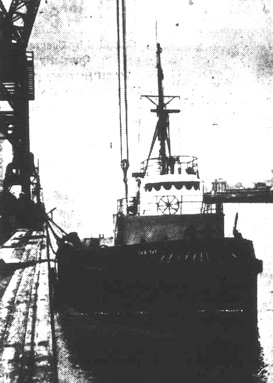
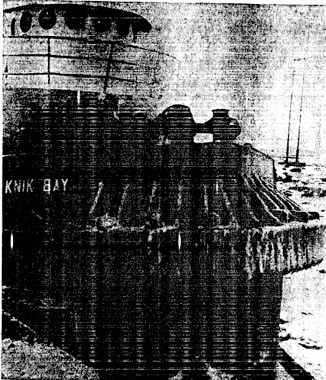
The Knik Bay was 950 tons, 134.5’ long, 38 feet wide with twin rudders, and twin screws driven by replaced Cleveland diesel engines providing a mighty 4,000 maximum horsepower.
The Knik Bay was sold to Dave Updyke, and later sold to Belco Petroleum of Houston, Texas where it was converted and renamed the tug Mister B. Her power was upgraded to two Fairbanks Morse diesel engines and she continued to drive operation in the Peruvian oil fields as the BAP (Buque Armada Peruana-Peruvian Navy Ship) Dueñas (ARB 126). Latest records list her still in service.
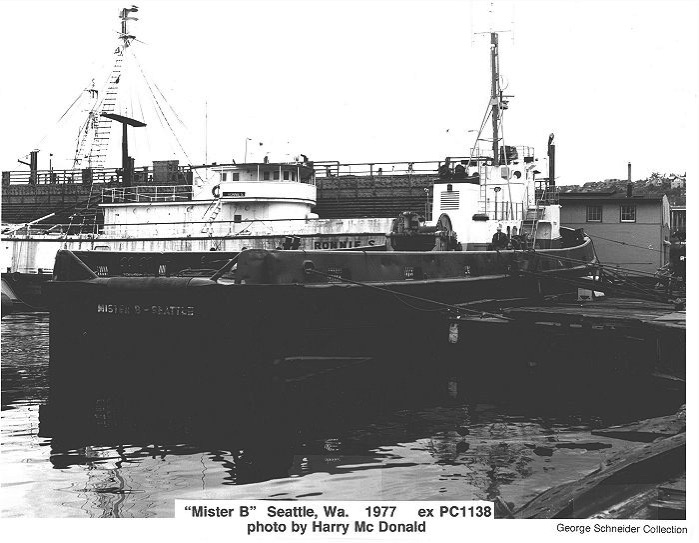
The PC-1138 in Lake Union is merely scraps of what was cut off during her transformation into the Knik Bay. The 60 feet of bow is cut in half horizontally, the superstructure including the pilot house with binnacle still attached, is dumped upside down next to the chopped bow. A pile of history discarded into the murky shallows of the lake.
Some information supplied by McCurdy’s Maritime History of the Northwest


-Home